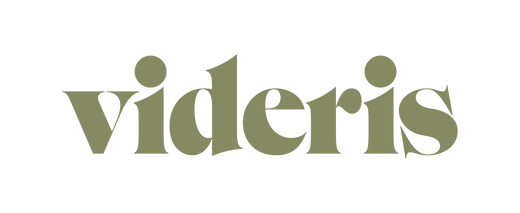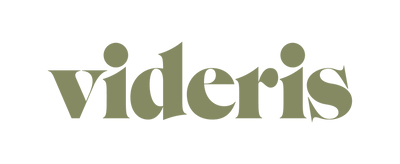Mama you're magic ✨
I am currently reading EVE by Cat Bohannon and I wanted to share a couple of sections about breastfeeding, the magic power of womens bodies and the connectivity to their children.
We wanted to share this information on our social media accounts however our ads were rejected by Facebook and Instagram for "Female Nudity and Sexual Activity" - we want to normalise the beautiful act of breastfeeding and female expression.













